Dorking, Denbies Mansion 1905
Photo ref:
53335A


More about this scene
To the right of the roundabout is the entrance to Denbies Estate, England's largest family-owned vineyard. On the top of Ashcombe Hill (now Ranmore Hill) there was a farm; here, perhaps, John Denby lived, a one-time farmer who was referred to at a Court Baron held in 1555. A later owner was a Mr Wakeford who, in 1754, sold the property to Jonathan Tyre, the founder of Vauxhall Gardens. Tyre transformed the farm buildings into a modest Georgian house, which was given the name of Denbies. When Tyre died in 1767, the Hon Peter King purchased the estate. On his death his son, Lord King, sold the property to James White; in 1787 he then sold it to Joseph Denison, a London merchant banker. Denison died in 1806, leaving the estate to his son, William Joseph Denison, who became a Member of Parliament for West Surrey in 1818. The estate was greatly enlarged by further purchases of land, from which he created extensive gardens. It later passed to his daughter Elizabeth, whose son was Lord Albert Conyngham. He was later created Lord Londesborough. Thomas Cubitt purchased Denbies in the autumn of 1850; he had come to Dorking and Ranmore at the height of his very successful building career. He had developed Belgravia, designed Osborne House on the Isle of Wight for Queen Victoria, and built the east front of Buckingham Palace. He also helped Prince Albert with the Great Exhibition of 1851. He set about improving the estate by planting thousands of shrubs and trees and modernising the farm and buildings. He soon demolished the old house, and on higher ground to the south built a palace in the style of Osborne and Belgravia. It was built of brick and stucco with flat Italianate details, and had a Portland stone balustrade round the first floor and roof. Cubitt built every modern facility into the house, including the insulation of the ceilings with snail and other shells, and he also improved access to the estate — he had his own railway siding, as well as three entrance drives. Unfortunately, he did not live long to enjoy his masterpiece; he died in December 1855. His son, George, who married Laura Joyce, daughter of the vicar of Dorking, inherited the estate and continued his father's improvements. Prince Albert was invited to Denbies on its completion. The estate eventually gave employment to 400 people. In 1892 George became the first Lord Ashcombe and a Member of Parliament for West Surrey. The house was demolished in 1953. The estate buildings are all now part of Denbies Winery, with a reception centre, a restaurant, conference rooms and a gift shop. The Winery also houses the Performing Arts Library, which holds the Ralph Vaughan Williams Collection and the music and arts library for Surrey. Cubitt's statue now stands at the entrance to Reigate Road by the Mole Valley District Council Offices.
Add to Album
You must be signed in to save to an album
Sign inShare This Photo
Buy a Print
Unframed, Mounted, Framed and Canvas prints in a range of sizes and styles.
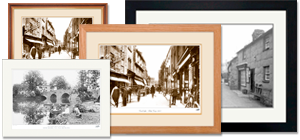
View Sizes & Prices
A Selection of Memories from Dorking
For many years now, we've been inviting visitors to our website to add their own memories to share their experiences of life as it was, prompted by the photographs in our archive. Here are some from Dorking
Sparked a Memory for you?
If this has sparked a memory, why not share it here?



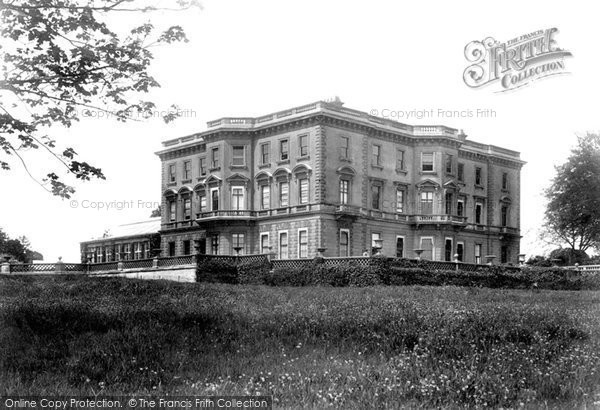
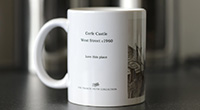
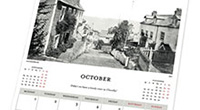
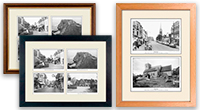
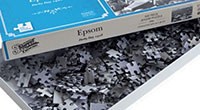
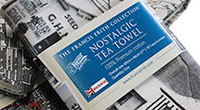

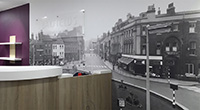
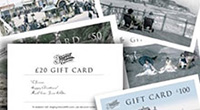
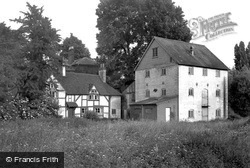
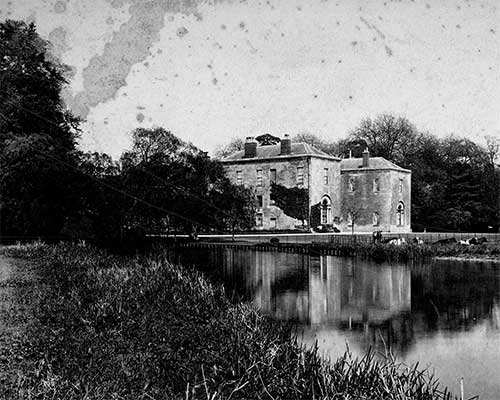 Before
Before
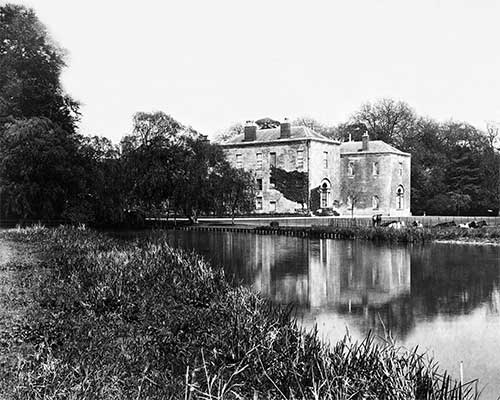 After
After